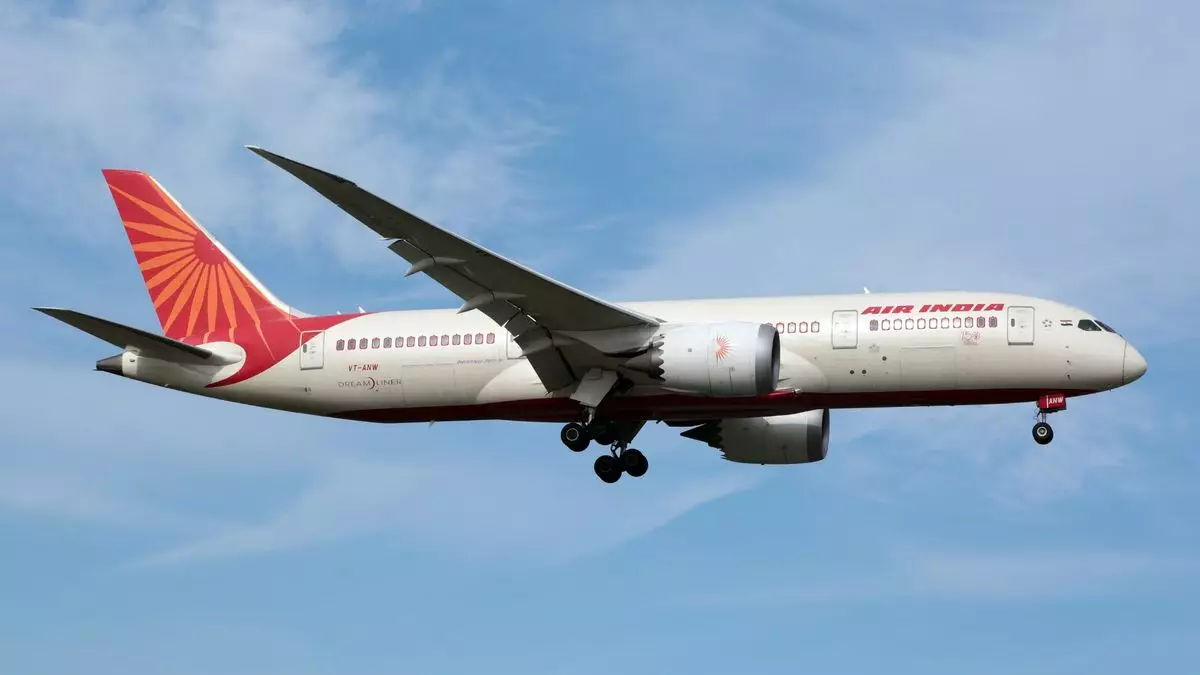Air India, once a symbol of national pride, has historically faced significant challenges, a narrative that intensified after it was acquired by Tata Group. With ambitious goals set by CEO Campbell Wilson, the airline was poised for transformational growth. Just ten days before the tragic crash of Flight 171, Wilson highlighted Air India’s commitment to reclaiming its spot in the increasingly competitive aviation sector. His confident assertion that, “Anywhere we point an aircraft, I think we can probably fill it,” reflected an optimism that many industry insiders had shared about the potential of India’s aviation market. However, the enthusiasm surrounding Air India’s revival now faces a stark contrast in light of the recent disaster.
The Ambitious Transformation Plan
Since the acquisition, Air India has embarked on an audacious journey to refurbish its identity and operations. The Tata Group’s extensive investment has transformed a long-neglected entity into a formidable competitor in both domestic and international markets. With an impressive order of 570 aircraft, including significant mergers with Vistara and AirAsia, the groundwork has been laid for a robust operational framework. The airline’s international weekly flights have doubled, signaling a bold re-entry into the global aviation arena.
However, the scale of this transformation represents a daunting task. Historically hindered by state ownership characterized by lack of investment and mismanagement, Air India’s older fleet and outdated infrastructure are legacies that cannot be easily shed. Despite recent investments, Wilson admits that critical operational areas still require significant enhancement, particularly concerning timely arrivals—a concern as the airline struggles with on-time performance ratings in the lower tier globally.
Operational Hurdles and Challenges
Air India’s road to recovery is fraught with challenges that go beyond just fleet modernization or expanding flight routes. For instance, the operational efficiency remains a critical area that requires attention. Recent statistics indicate that only 71% of flights were punctual in May, placing the airline amongst the least reliable globally. This operational inconsistency not only hampers customer satisfaction but also tarnishes the airline’s reputation at a time when it needs to cultivate loyalty.
The timing of the Flight 171 crash could not have posed a more significant setback for Air India. As investigations unfold, there are fears that if the crash results from lapses in safety protocols, it could inflict irreparable damage to the airline’s image. The challenge here is not merely logistical; it intertwines deeply with public perception, which could prove to be a more potent adversary than any technical malfunction.
The Economic Landscape and Growth Potential
Despite these setbacks, there lies a silver lining in the broader economic context that surrounds Air India’s endeavors. India’s aviation sector is on the cusp of a giant leap, driven by booming demand from a burgeoning middle class and increasing air travel. Wilson’s acknowledgment that the Indian market, potentially set to surpass Japan as the world’s fourth-largest economy, underscores the inherent opportunity that Air India must grasp.
However, the current operational inefficiencies present a significant hurdle, particularly when juxtaposed against the backdrop of foreign competitors who dominate the international space. With only 69 widebody aircraft in operation, the Indian airlines, including Air India, need to ramp up efforts to capture their share of the international market—currently dominated by foreign carriers.
Public Sentiment and the Path Ahead
As Air India navigates through the aftermath of Flight 171’s tragedy, internal morale and external consumer sentiment will play crucial roles in shaping its future trajectory. The sentiments expressed by N. Chandrasekaran, the airline’s chairman, about using this tragedy as a catalyst for improving safety protocols reflects a necessary shift towards prioritizing operational integrity. The tragic accident compels the airline to reinforce its safety measures—an area that consumers increasingly regard as non-negotiable.
On the road ahead, the aspirations to mesh modern luxury and service excellence with operational competence must become Air India’s default stance. There’s no doubt that the Indian traveler is poised to redefine air travel, echoing Wilson’s vision for potential growth. However, unless Air India takes decisive steps to improve its operational metrics while ensuring passenger safety takes precedence, any ambitions to reclaim lost glory will remain overshadowed by performances that fail to meet expectations.

